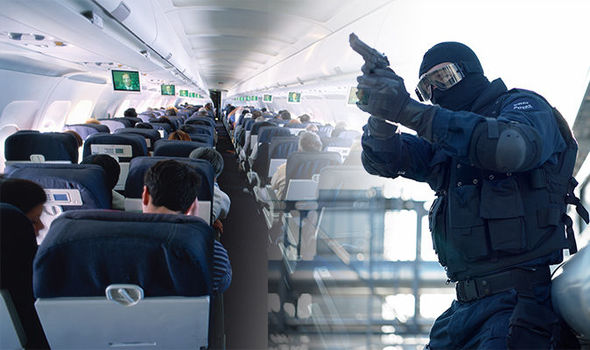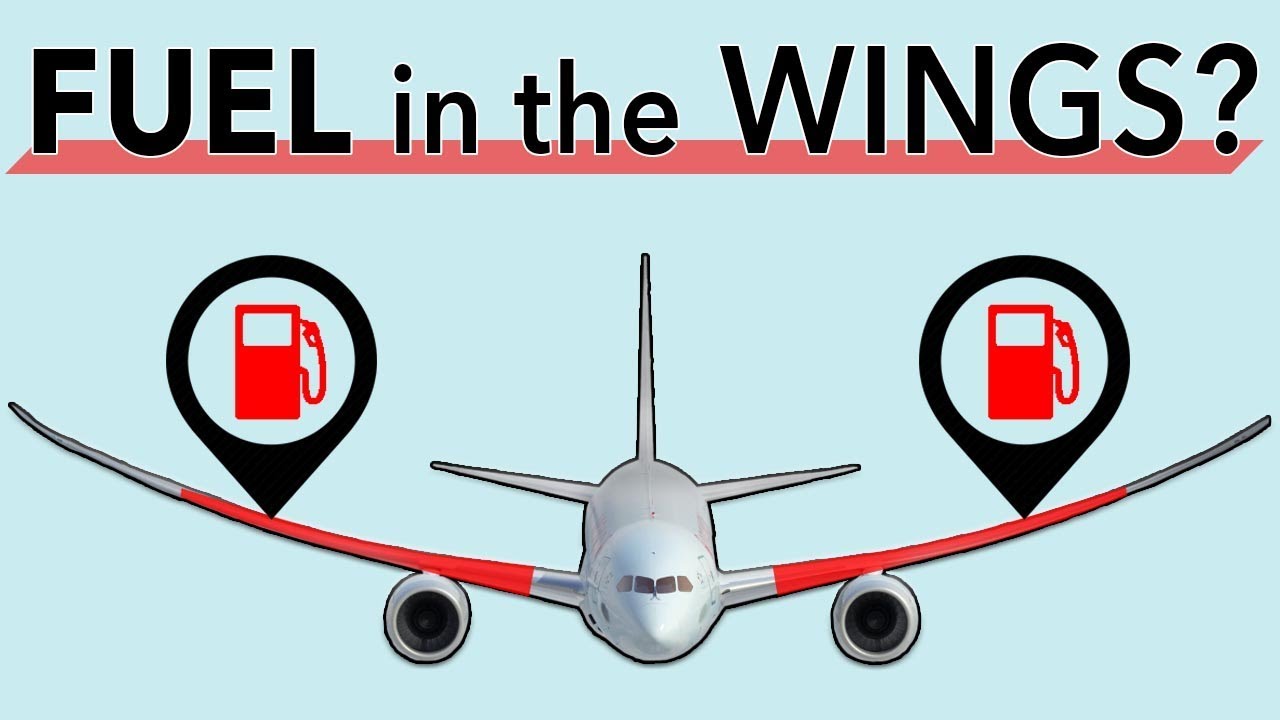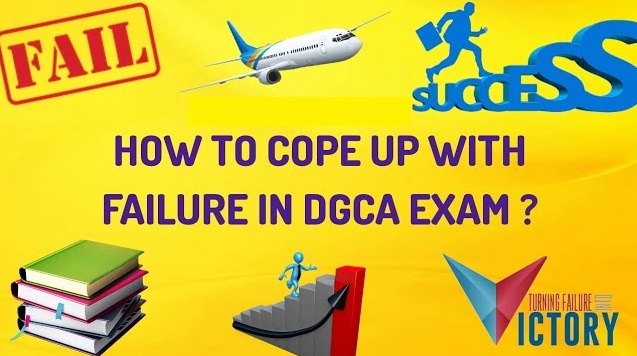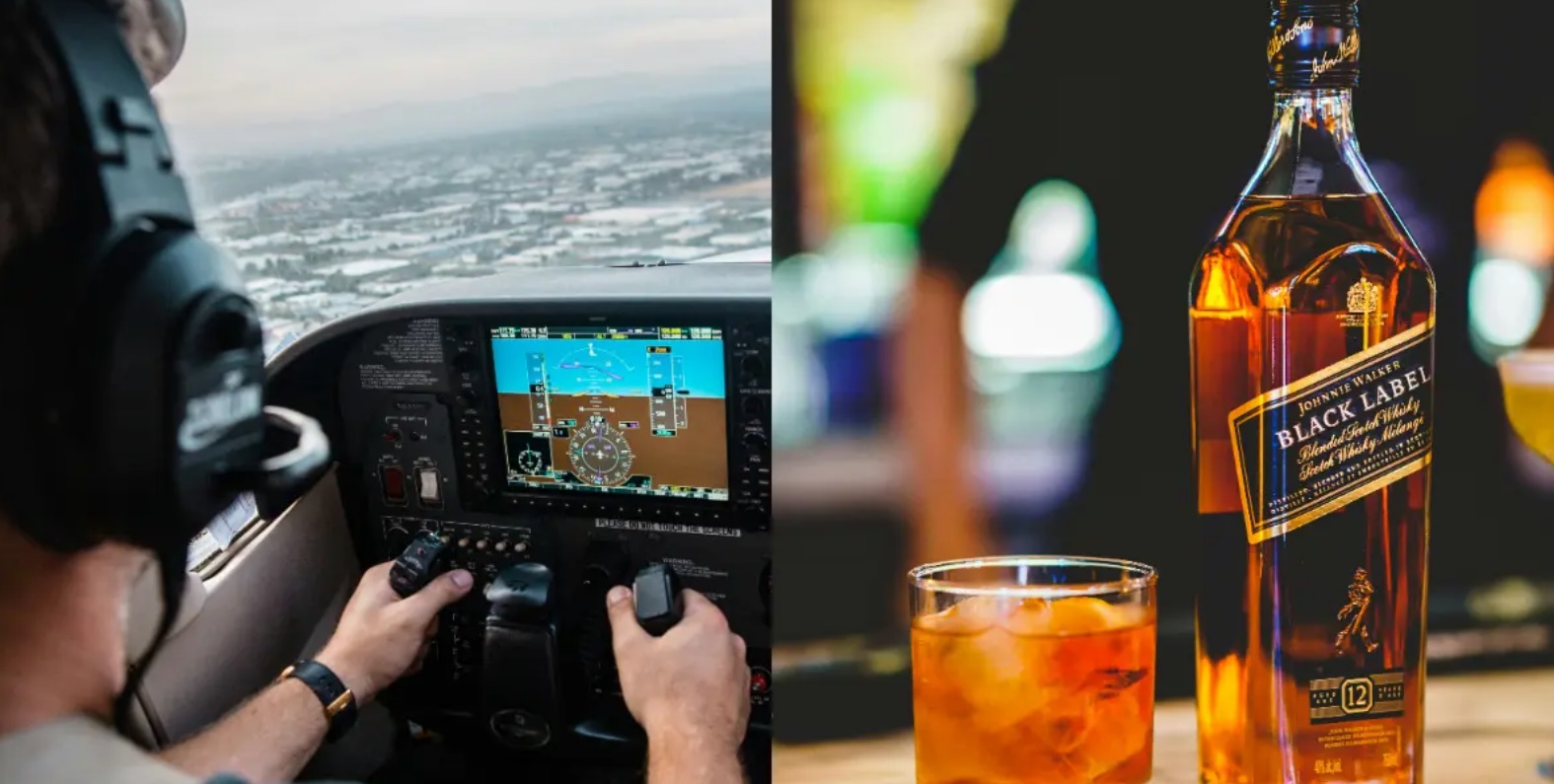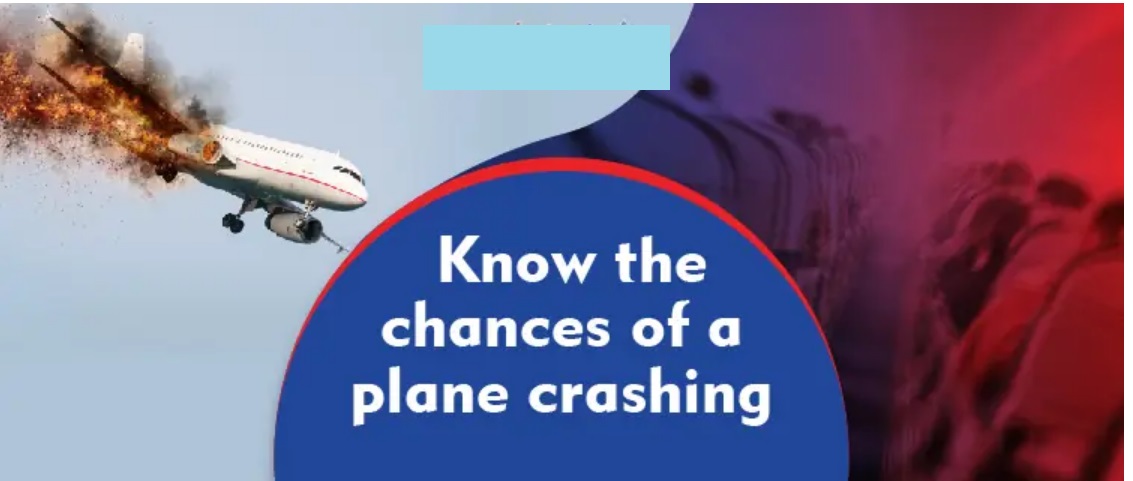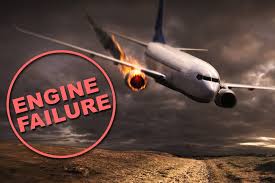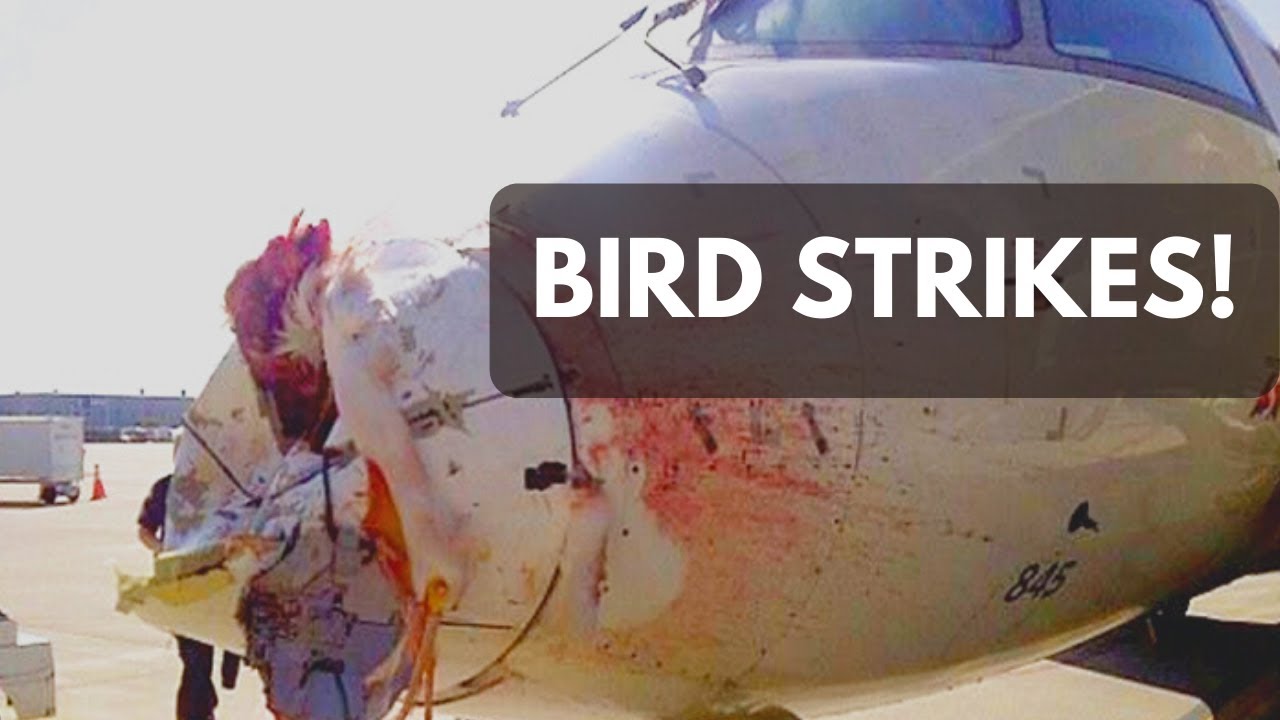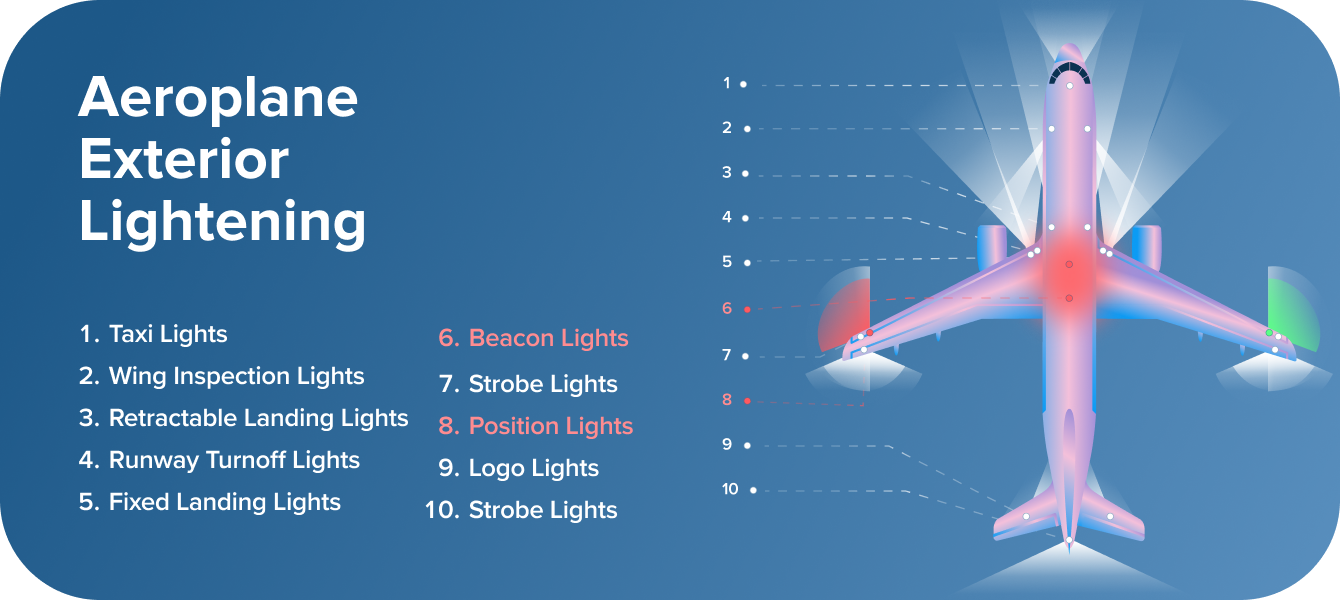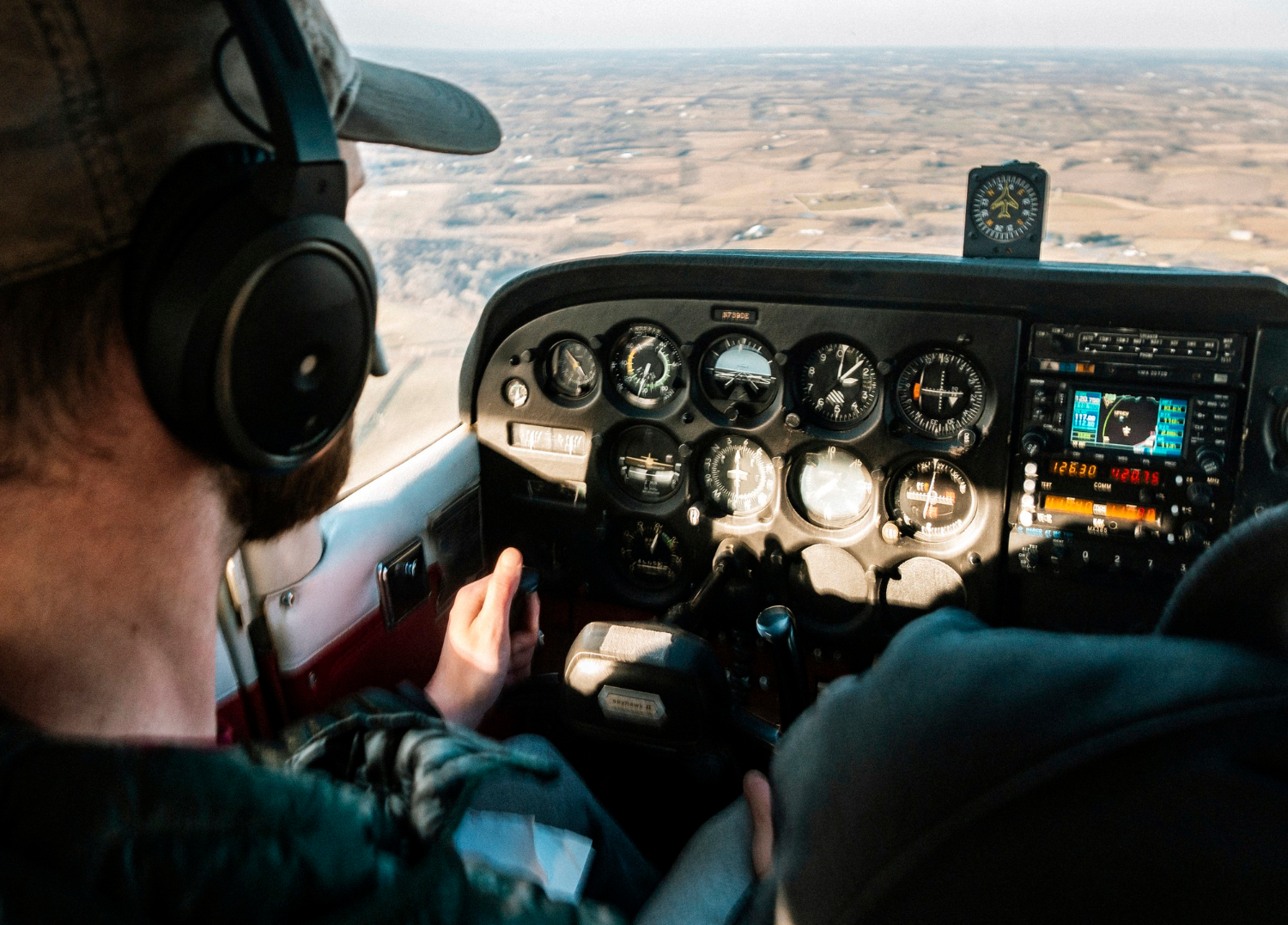Why Your Daughter Should Consider Becoming a Pilot or Drone Expert?
Thinking of becoming a commercial pilot or a drone pilot as a girl, yes, you can think that way in contemporary times. As of 2024, there were nearly 15% of women pilots in India, which is significantly higher than the global average of 5%. With 1,767 women commercial pilots out of a total workforce of 10,000, it marks a clear increase in women's participation in aviation. These numbers reflect growing opportunities for women, along with national momentum toward embracing gender equality in aviation. Drone piloting is also a field where women are making their presence felt. Drone pilot numbers in India surged from a mere 346 in July 2022 to more than 5,000 by July 2023. Although women's participation was limited until then, the Namo Drone Didi Scheme is an initiative aimed at training 15,000 rural women and providing them with drones for agricultural spraying. These milestones reveal a clear opportunity: a daughter considering a career as a commercial or drone pilot is the way forward.



